- Regular price $11956Unit price /Unavailable
- Sold outRegular price $1,09496Unit price /Unavailable
FAQS for Buying Sycamore Trees Online
How fast do Sycamore trees grow compared to other shade trees?
How fast do Sycamore trees grow compared to other shade trees?
Sycamore trees are known for their rapid growth rate, often adding more than two feet of height per year. This makes them one of the fastest-growing shade trees available, offering a quick solution for homeowners seeking a broad canopy and significant shade in a short time.
What are the best growing conditions for American Sycamore trees?
What are the best growing conditions for American Sycamore trees?
American Sycamore trees thrive in full sun and prefer moist, well-drained soil. They are highly adaptable and tolerate a wide range of conditions, including urban pollution, compacted soils, and occasional flooding. These hardy trees grow well in USDA zones 4 through 9.
Do Sycamore trees require a lot of maintenance?
Do Sycamore trees require a lot of maintenance?
Sycamore trees are considered low-maintenance once established. While occasional pruning may be necessary to remove damaged or crossing branches, their natural resilience to disease, pests, and pollution makes them easy to care for in most landscapes.
Are Sycamore trees good for urban and city environments?
Are Sycamore trees good for urban and city environments?
Yes, Sycamore trees are an excellent choice for urban settings due to their tolerance of pollution, poor air quality, and compacted soils. Their durability and fast growth make them a popular option for city parks, large yards, and streetscapes where shade and structure are needed.
What makes the bark of the Sycamore tree so unique?
What makes the bark of the Sycamore tree so unique?
One of the most striking features of the Sycamore tree is its exfoliating bark, which peels away to reveal a mosaic of green, white, and gray patches. This camouflage-like pattern becomes more pronounced as the tree matures and adds year-round visual interest to any landscape.

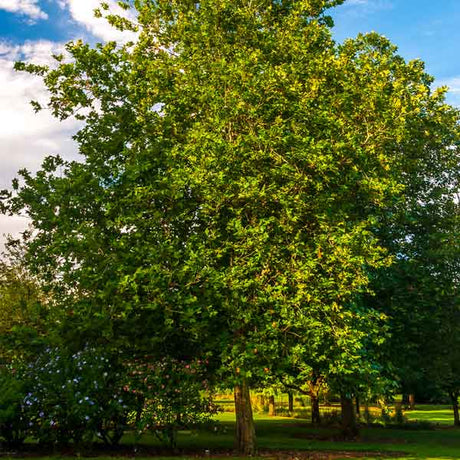
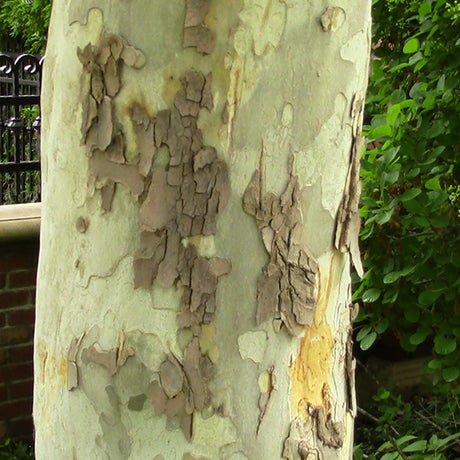
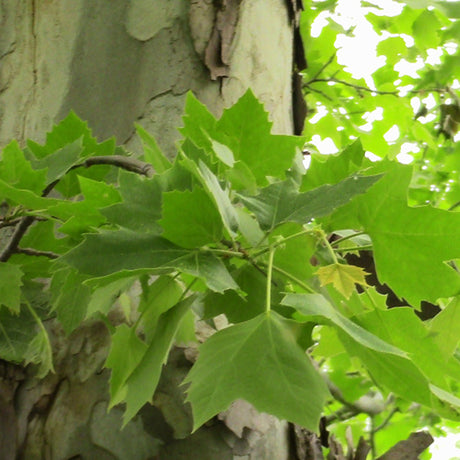
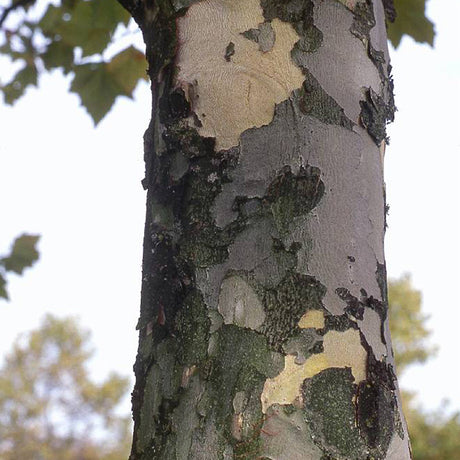
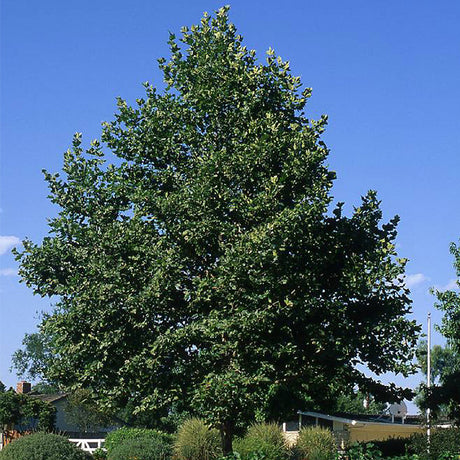
 The impressive Sycamore tree (Platanus occidentalis), is also known as the American Sycamore, American Planetree, Planetree, Occidental Plane, and the Buttonwood!
The impressive Sycamore tree (Platanus occidentalis), is also known as the American Sycamore, American Planetree, Planetree, Occidental Plane, and the Buttonwood! Eye-Catching, Easy-Care Sycamores
Eye-Catching, Easy-Care Sycamores